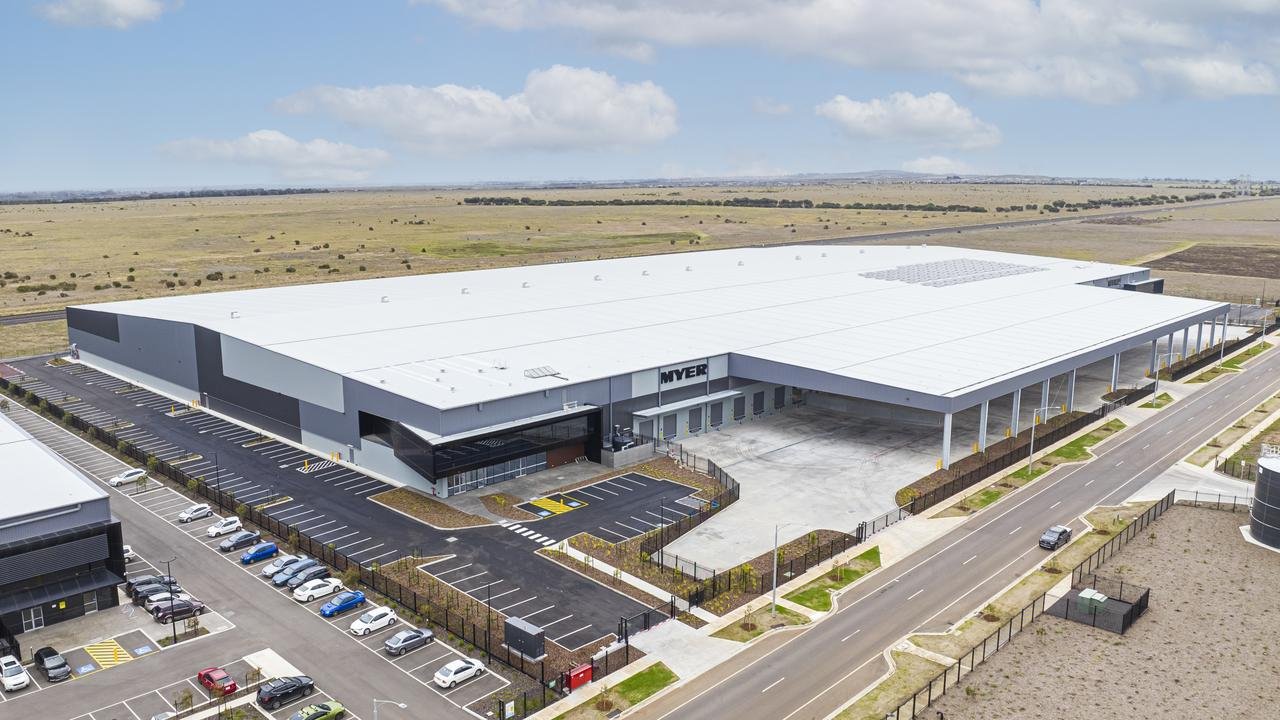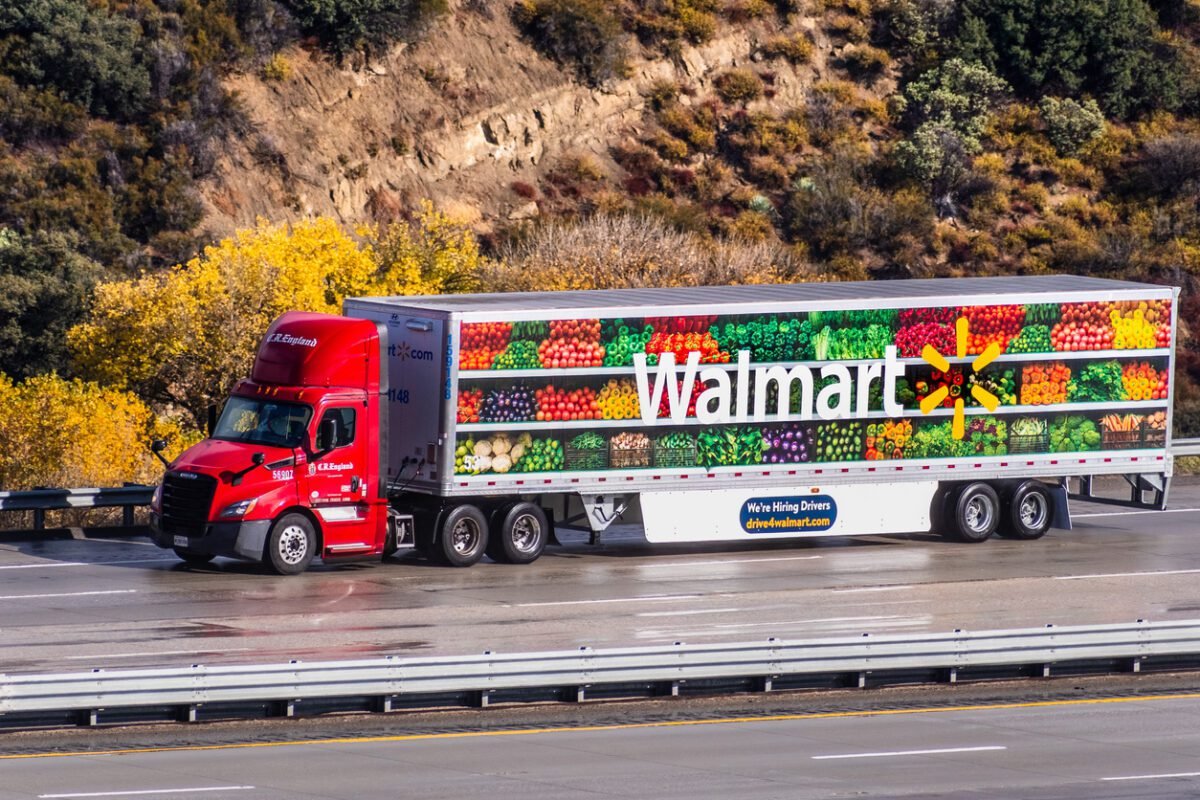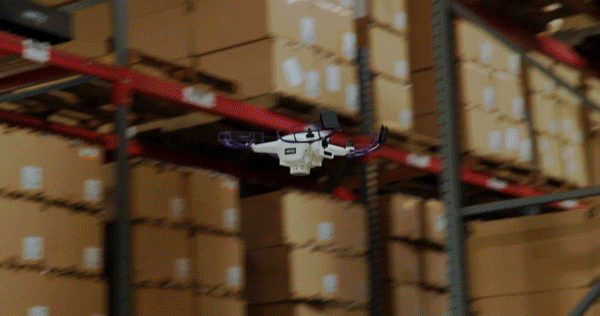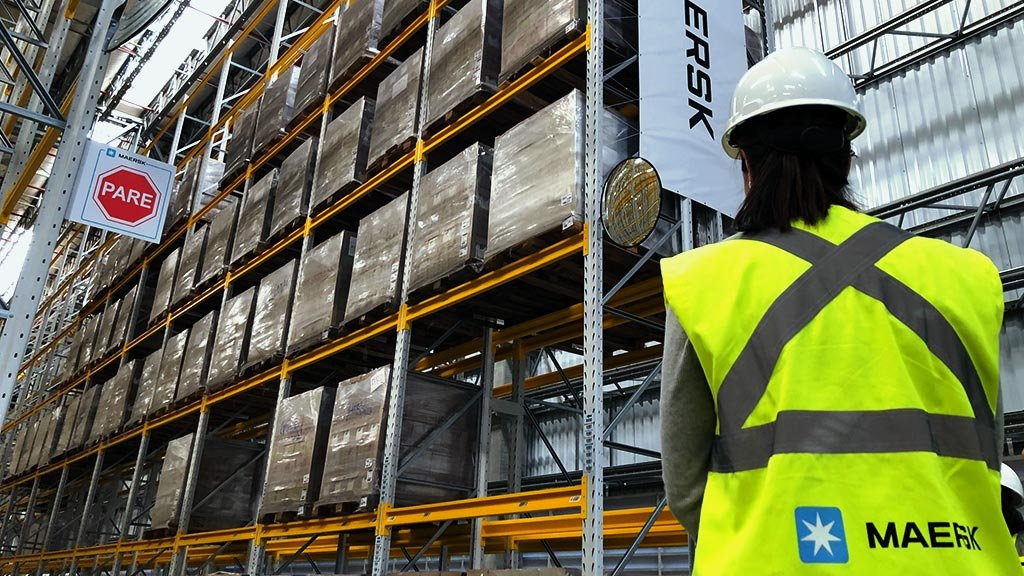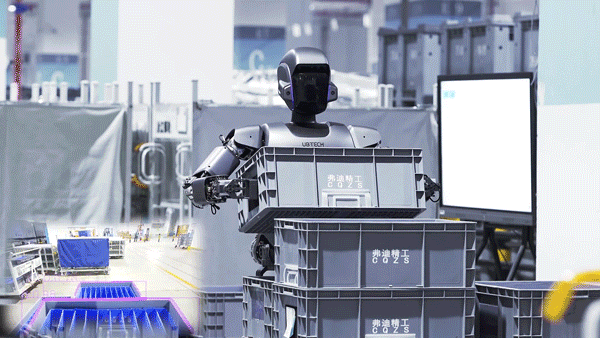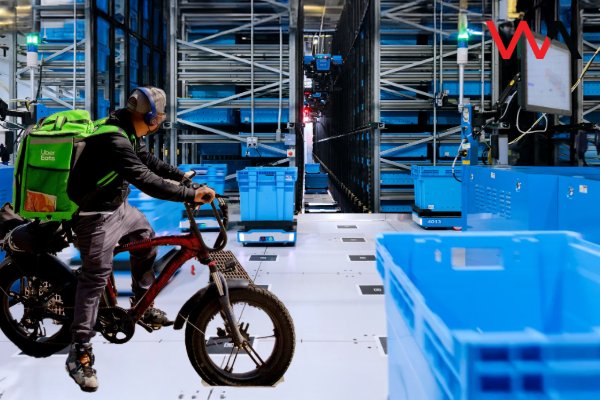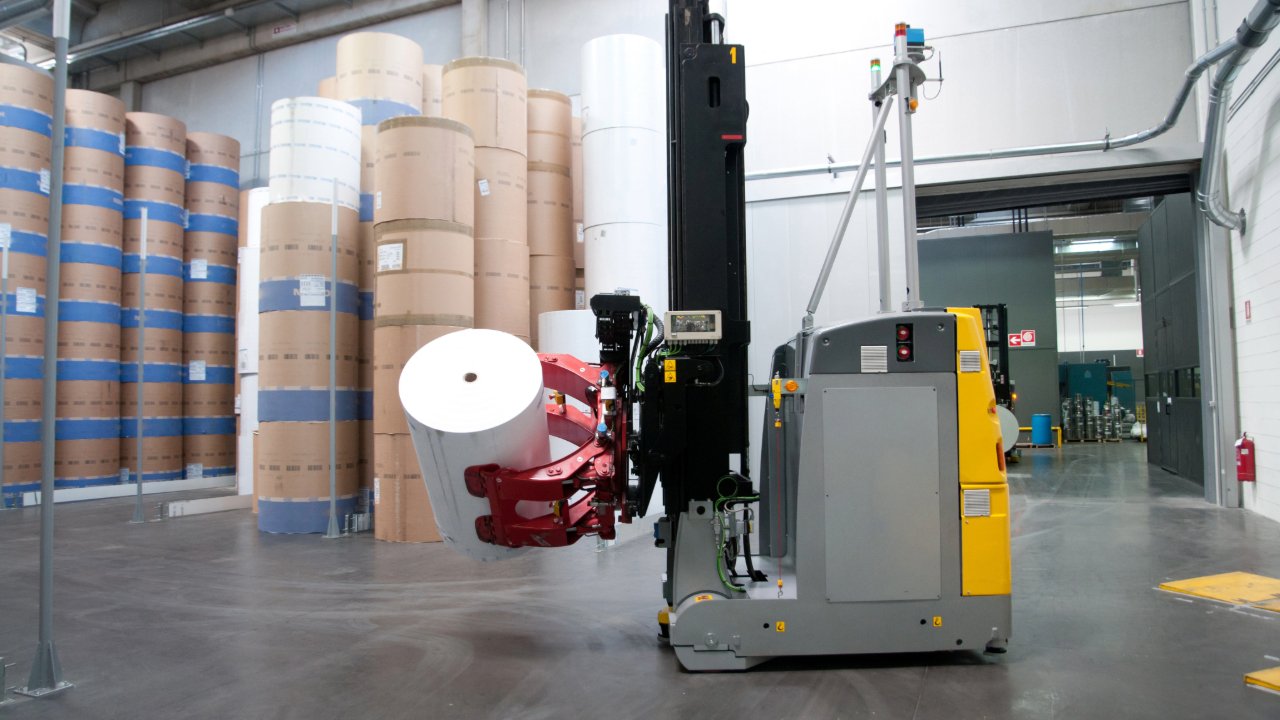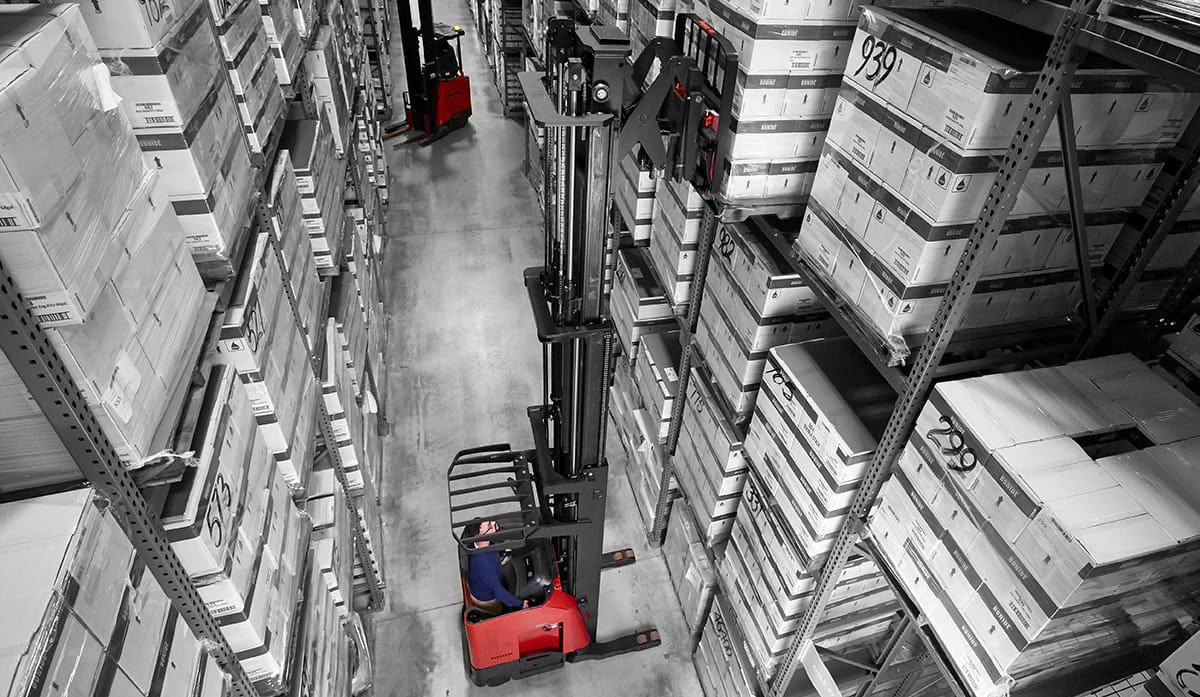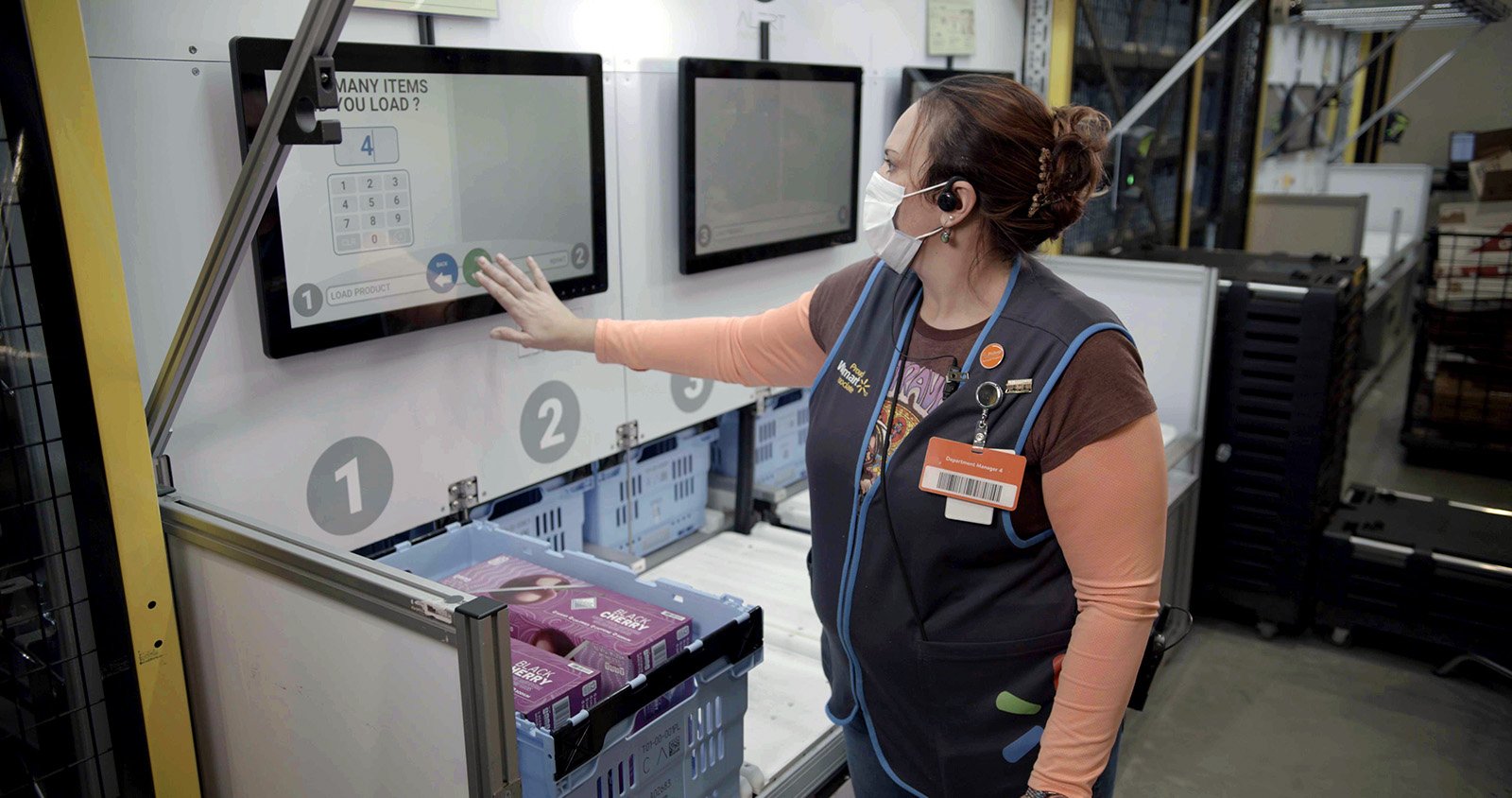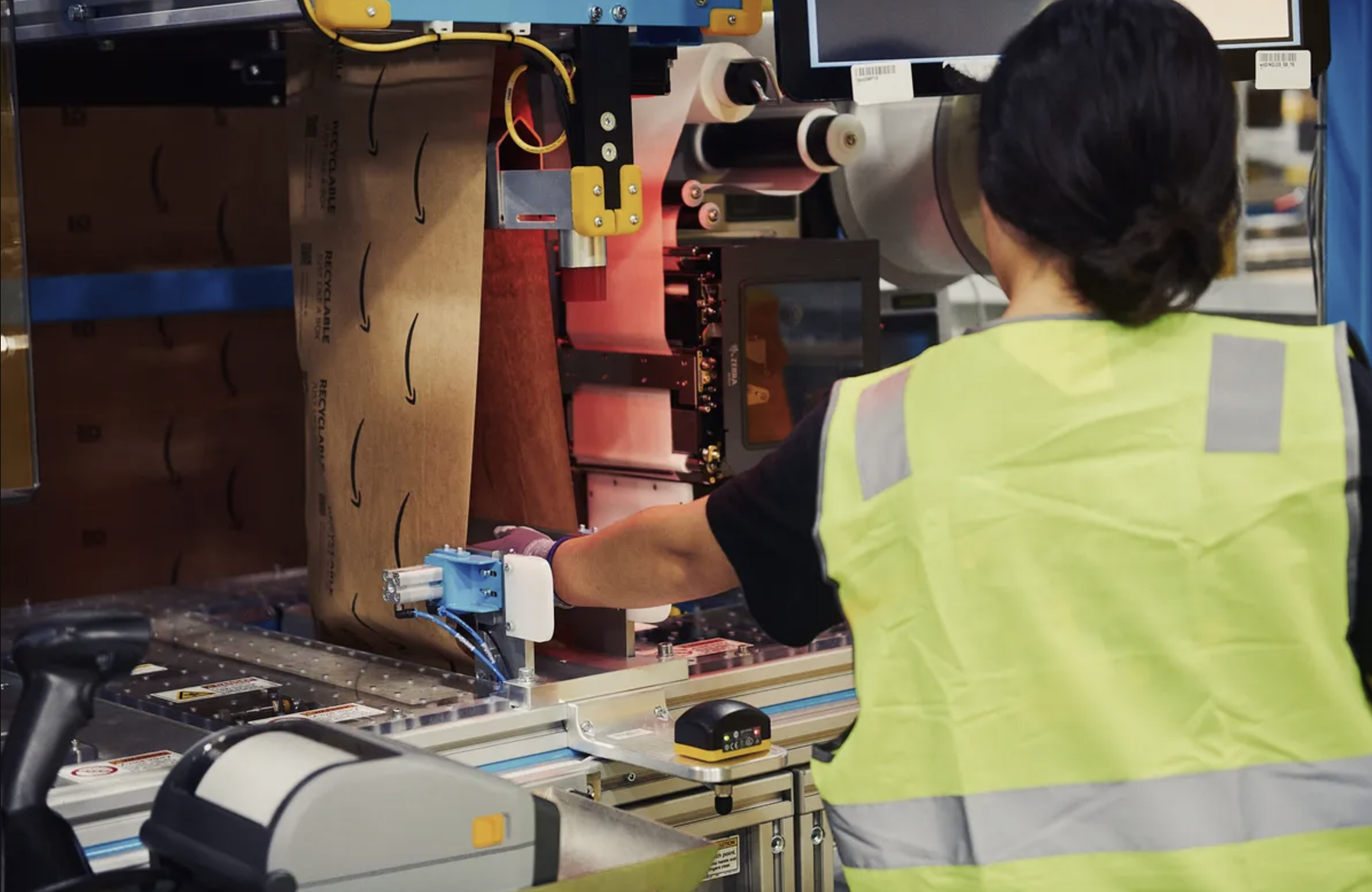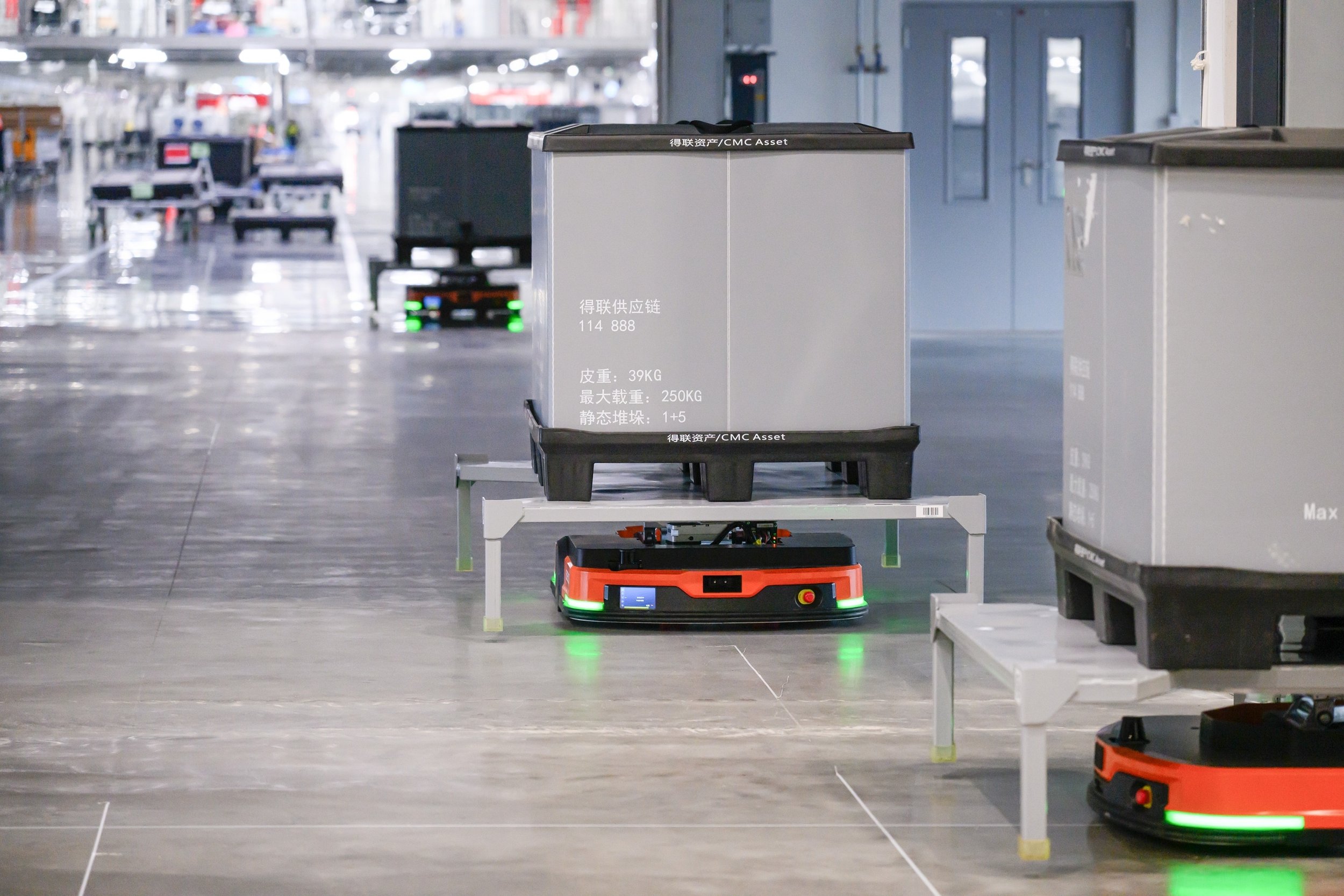Why WES is the Future of Warehouse Automation Success
The Future of Warehouse Automation: Why Warehouse Execution Systems (WES) Are Crucial to the Future of Robotic Warehouses.
As industries worldwide continue to embrace automation, the future of warehouse management is moving toward a highly orchestrated symphony of technology and robotics. One of the key drivers of this transformation is the rise of Warehouse Execution Systems (WES), often referred to as the Warehouse Orchestration Layer. Already essential for many large companies, WES has rapidly become the cornerstone of effective warehouse automation. But why are these systems so critical to the future of automated warehouses, especially those reliant on robotics?
The Increasing Complexity of Warehouse Operations
The modern warehouse is evolving beyond the static storage spaces of the past. In today’s fast-paced, consumer-driven economy, warehouses are dynamic environments where products must be processed, picked, packed, and shipped at lightning speed. To meet these demands, many large companies have turned to robotic solutions to handle repetitive tasks such as picking, packing, sorting, and transporting goods.
However, these automation systems bring their own challenges, primarily in the form of integration and coordination. Without a central system to manage the different robotic subsystems and human workers, the entire operation can become disjointed, leading to inefficiencies, bottlenecks, or costly downtime.
This is where Warehouse Execution Systems step in.
WES: The Orchestrator of Automation
WES acts as the brain of the warehouse, managing, scheduling, and optimizing all activities, including robotic workflows and human interventions. It functions as an orchestration layer that integrates with Warehouse Management Systems (WMS) and various automation systems, including conveyor belts, Autonomous Mobile Robots (AMRs), and Automated Storage and Retrieval Systems (ASRS).
Rather than simply being another system, WES is the coordination hub that ensures every moving part in the warehouse works in harmony. Here’s why it's indispensable:
1. Real-Time Optimization and Control: WES provides real-time visibility into warehouse operations, allowing for dynamic decision-making and adjustments on the fly. This capability ensures that every robotic and human process is optimized for maximum efficiency. For example, if an Autonomous Mobile Robot encounters a delay, the WES can reroute another robot or adjust task priorities to avoid disruptions.
2. Task Prioritization and Load Balancing: In a highly automated warehouse, tasks can quickly pile up. A WES prioritizes tasks based on urgency, ensuring that high-priority orders are processed first, while also distributing workloads evenly across different systems. This helps prevent overload on any one part of the warehouse, reducing bottlenecks and improving overall throughput.
3. Seamless Human-Robot Collaboration: One of the most significant advantages of WES is its ability to integrate human workers with automated systems. In many warehouses, especially during peak periods, human workers still play an essential role. WES coordinates human tasks alongside robotic activities, ensuring that workflows are synchronized and resources are utilized effectively.
4. Data-Driven Insights and Predictive Analytics: WES doesn’t just manage day-to-day operations; it also collects and analyzes data from across the warehouse ecosystem. This data can be used to predict maintenance needs, optimize inventory placement, and identify areas for further improvement. The future of warehouse automation will be driven by data, and WES is at the forefront of this shift.
Why WES will Become Standard for Large Companies
As large companies scale their operations and increase reliance on automated systems, they face mounting pressure to maintain efficiency while reducing costs. WES helps companies achieve this balance by offering:
Scalability: As warehouses grow in size and complexity, WES can easily scale to accommodate more systems and devices, allowing for smooth expansion without operational disruption.
Agility: E-commerce has driven the need for agility in warehouse operations, with companies needing to pivot quickly to respond to changing consumer demands. WES enables this by offering real-time decision-making, ensuring that warehouses remain flexible even as demand fluctuates.
Reduced Downtime: Downtime in a robotic warehouse can be incredibly costly. By orchestrating all warehouse activities, WES minimizes the risk of delays, ensuring that machines, robots, and workers are all functioning at peak efficiency.
Integration with Emerging Technologies: As new technologies like AI, machine learning, and advanced robotics continue to develop, WES is built to integrate with these advancements. This ensures that companies remain at the cutting edge of warehouse automation without having to overhaul their entire systems.
WES as the Future of Warehouse Automation Success
As robotic systems become more prevalent in warehouses, the need for a Warehouse Execution System to orchestrate these automated processes becomes even more critical. For large companies looking to stay ahead in the increasingly competitive landscape, WES offers a pathway to maximize efficiency, reduce costs, and future-proof operations.
In the future, we can expect to see WES take on an even greater role, not just in automating processes, but in driving innovation and efficiency in ways we haven’t yet imagined. From managing human-robot collaboration to optimizing complex, data-driven operations, the Warehouse Execution System is, and will remain, the cornerstone of the fully automated warehouse.




